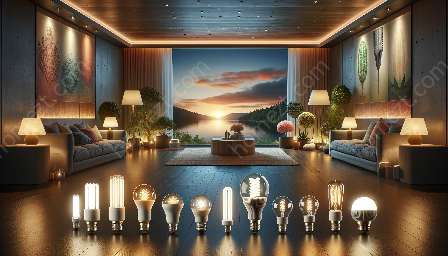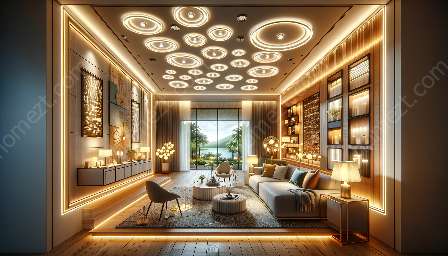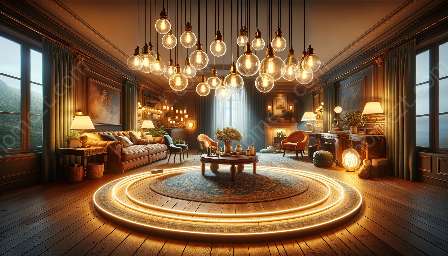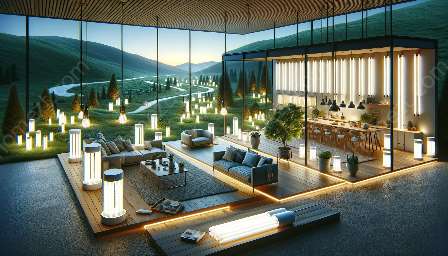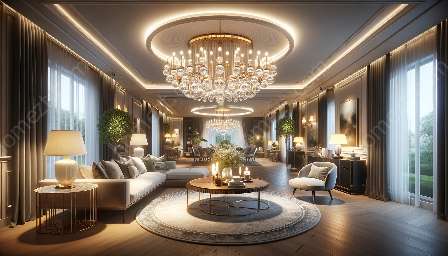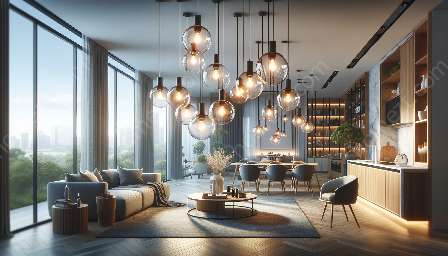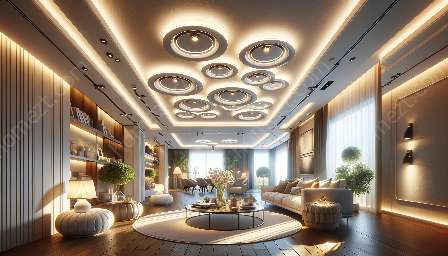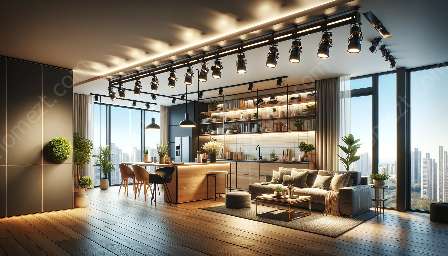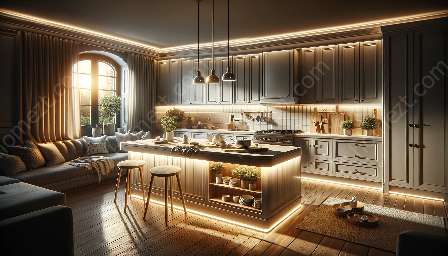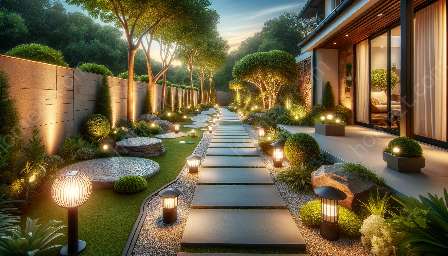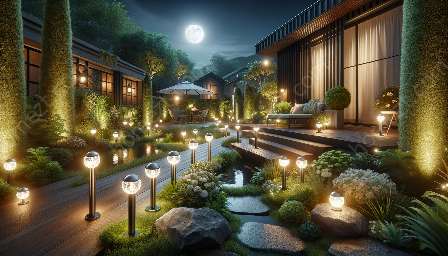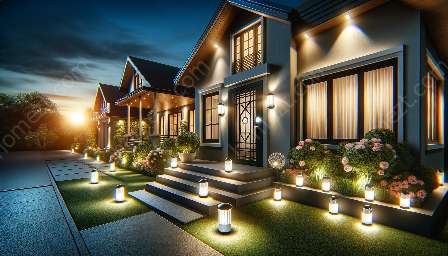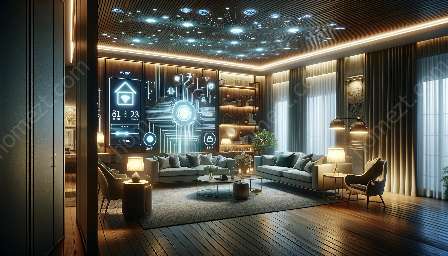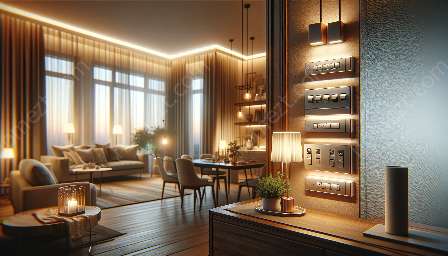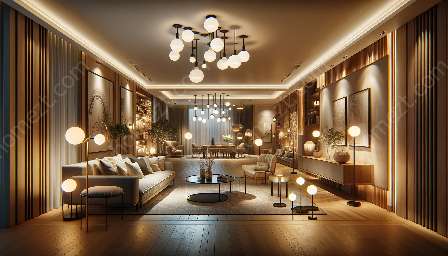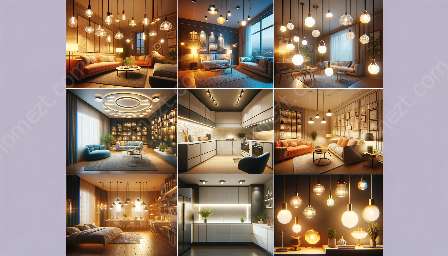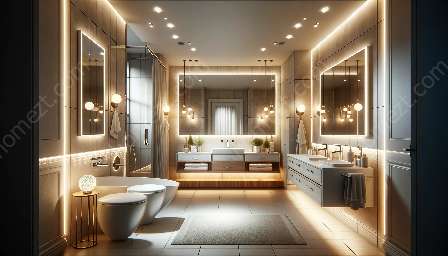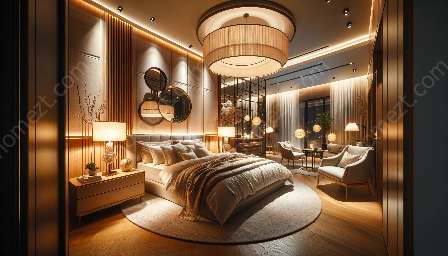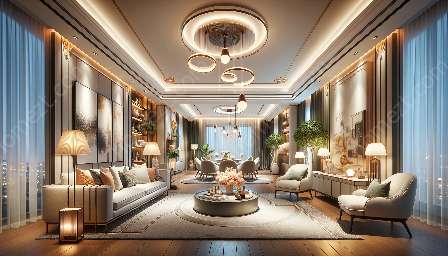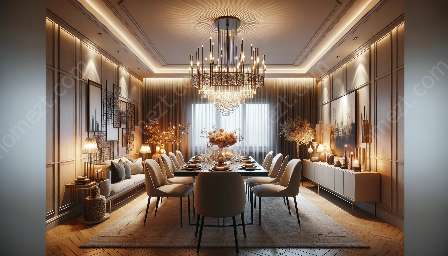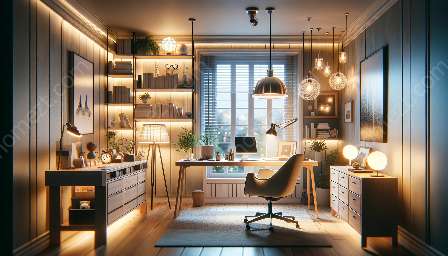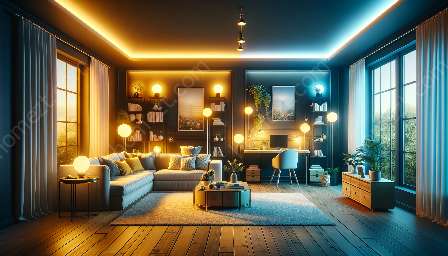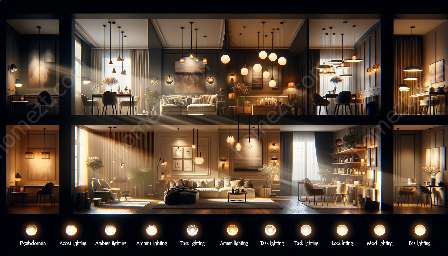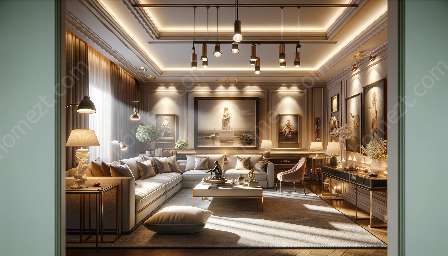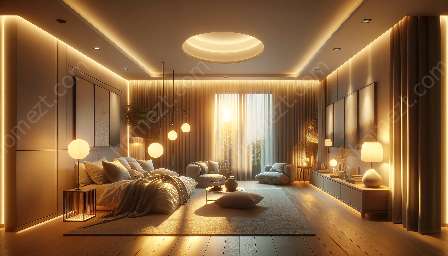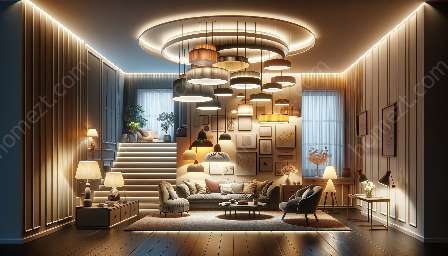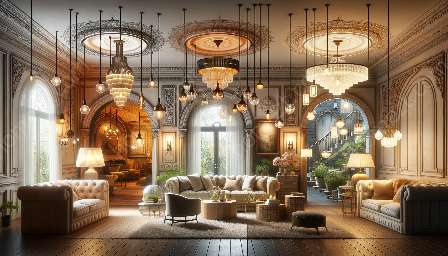When it comes to home improvement, lighting plays a crucial role in creating the perfect atmosphere. Whether you're looking to brighten up your living room, create a cozy ambiance in your bedroom, or enhance the functionality of your kitchen, mastering different lighting techniques and effects can significantly transform your living space.
Understanding Different Lighting Techniques
Before delving into various lighting effects, it's important to understand the different lighting techniques available. Proper lighting in a room can highlight architectural features, create a focal point, and set the mood. Here are some popular lighting techniques:
- 1. Ambient Lighting: This is the primary source of light in a room, providing overall illumination. It can be achieved through ceiling-mounted fixtures, chandeliers, or recessed lights.
- 2. Task Lighting: This type of lighting is designed to illuminate specific areas where tasks are performed, such as reading, cooking, or working. Task lighting can be provided by desk lamps, under-cabinet lights, or pendant lights.
- 3. Accent Lighting: Accent lights are used to highlight specific objects, such as artwork, sculptures, or architectural details, creating visual interest in a room. Track lighting, wall-mounted fixtures, and display lights are common choices for accent lighting.
- 4. Decorative Lighting: Decorative lighting serves both functional and aesthetic purposes, adding personality and style to a space. This can include decorative chandeliers, pendant lights, or unique fixtures that serve as focal points.
Creating Dramatic Effects with Lighting
Once you have a good grasp of the various lighting techniques, you can start exploring different lighting effects to elevate the ambiance of your home. Here are some popular lighting effects that can transform your living space:
- 1. Layered Lighting: This technique involves the use of multiple light sources at different levels to create depth and dimension in a room. By incorporating ambient, task, and accent lighting, you can achieve a well-balanced and visually appealing space.
- 2. Statement Fixtures: Installing eye-catching light fixtures can add a touch of personality to any room. Whether it's a grand chandelier in the dining room, an oversized pendant light in the foyer, or a unique floor lamp in the living room, statement fixtures can instantly elevate the space.
- 3. Dimmable Lights: Having the ability to adjust the brightness of your lights can significantly impact the mood of a room. Dimmable lights allow you to create different atmospheres, from bright and lively to soft and relaxing, depending on the occasion.
- 4. Wall Washing: This technique involves placing lights at a low angle to illuminate a wall, creating a soft and even glow that can enhance the texture of the surface. Wall washing is an effective way to highlight architectural features or create a backdrop for artwork.
- 5. Color Changing LEDs: Utilizing color-changing LED lights can bring an element of fun and versatility to your home. These lights can be used to evoke different moods and create visual interest, especially in areas such as the entertainment room or outdoor spaces.
Practical Tips for Implementing Lighting Techniques
As you embark on your home improvement journey, keep these practical tips in mind for effectively implementing lighting techniques and effects:
- 1. Consider the Room's Function: Take into account the activities that will take place in each room and tailor the lighting accordingly. For example, bright task lighting is essential in the kitchen, while softer, ambient lighting may be more suitable for the bedroom.
- 2. Mix Different Light Sources: Combining various lighting types can create a visually appealing and functional space. Experiment with a mix of overhead, task, and accent lighting to achieve a well-rounded ambiance.
- 3. Choose the Right Bulbs: Selecting the right bulbs can greatly impact the effectiveness of your lighting. Consider factors such as color temperature, energy efficiency, and the desired ambiance when choosing light bulbs.
- 4. Highlight Architectural Features: Use lighting to draw attention to architectural elements such as exposed beams, columns, or decorative moldings. Adding light to these features can enhance the character and charm of your home.
- 5. Use Lighting Control Systems: Invest in lighting control systems that allow you to adjust the brightness, color, and even the timing of your lights. This level of control can enhance convenience and enable you to create the perfect lighting scenes for different occasions.
Conclusion
By mastering various lighting techniques and effects, you can truly transform the ambiance of your home. Whether you're aiming for a cozy and intimate setting or a vibrant and lively atmosphere, the right lighting can make all the difference in creating a welcoming and functional living space.

